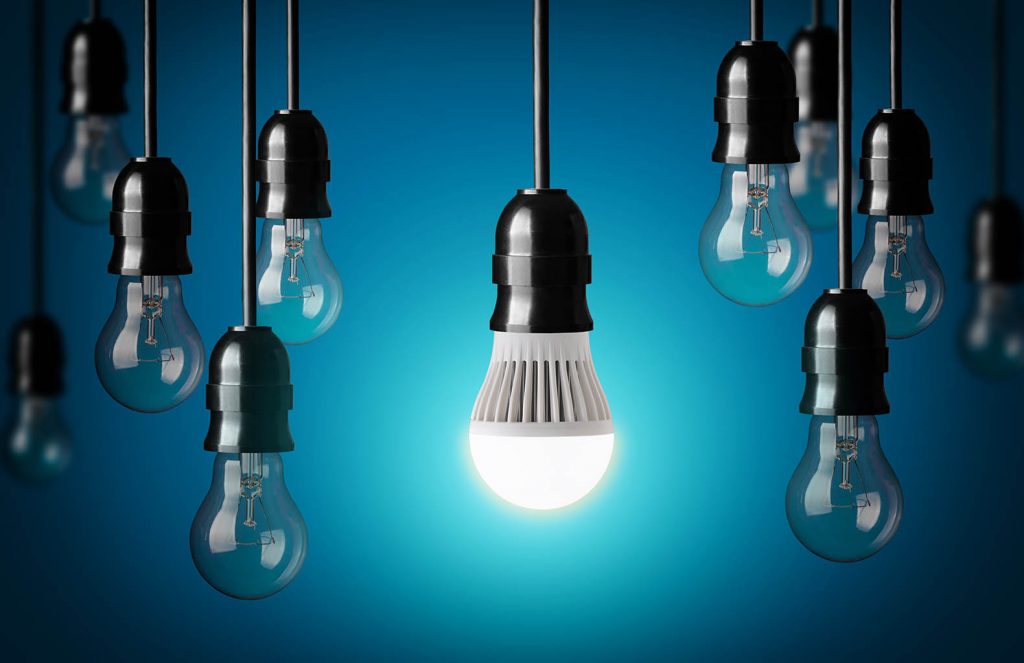The internet of things is fast progressing and it will require most, if not all, things to be interconnected with each other. Yet the vast experience with Wi-Fi spells out that the more devices linked to a network, the less the data transfer and communication speeds. Such bandwidth limitations could not get a better solution than Li-Fi which uses the light part of the electromagnetic spectrum that is mostly underutilized.
Li-Fi, a short form of Light Fidelity, is a form of visible light communication (VLC) and a subset of Optical Wireless Communication (OWC). It is basically defined as the transmission of data through illumination. This data is sent through an LED light bulb that varies in intensity faster than the human eye can try to follow.
OWC technology uses light from light emitting diodes as a medium to deliver networked, mobile, high speed communication in a way similar to Wi-Fi. The same technology is employed in infrared remote controls though Li-Fi is far more powerful.
The term Li-Fi was coined by Harold Haas, a professor at the University of Edinburgh in UK, in his TED Global Talk on Visible Light Communication. He was exhibiting his idea of “Data through illumination” where he illustrated how best light emitting diodes can be used as a medium for data transfer at a rather more secure and faster rate than typical fast broadband.
The Li-Fi uses light instead of radio waves to transmit information. Transceiver-fitted LED lamps capable of lighting a room, are used to transmit as well as receive the information. This makes the number of access points as many as the bulbs used. The transfer of data can be with the help of all kinds of light, no matter the part of the light spectrum they belong to. It can be invisible, ultra-violet, or infra-red but mainly the visible part.
From Research, Li-Fi is rendered very applicable for its unlimited bandwidth, safety and security.
- It can be used in medical operating rooms where Wi-Fi is restricted over radiation concerns yet there is need for communication and data transfer.
- It can very much work in Airlines for its non-interference with radio frequencies.
- It can be used in underwater communication in favor of Wi-Fi since salty water is known to conduct electricity.
- High security military areas can employ it since it cannot penetrate walls thus all the sensitive information remains just within.
- Traffic management will become relatively easier and the rate of accidents reduced, as car communication is made simpler.
- It can also be employed in Petroleum/Chemical firms that are sensitive to electromagnetic.
However, it has some disadvantages that render it not yet as applicable as expected.
- It covers a short range. It cannot penetrate walls and other opaque materials, plus it only works in direct line of sight. This implies that “if you can’t see the light, you can’t access the data.”
- There are random interferences from external sources such as the sunlight, normal bulbs, opaque materials and shadows, some of which are unavoidable.
- There is a question mark on how the receiving device will transmit back to the transmitter.
- The installation costs of such a fidelity are also very high.
Li-Fi is now part of the visible light communication (VLC) PAN IEEE 802.15.7 standard. It is predicted that future home and building automation will highly be dependent on this technology.
Image: Inhabitat

